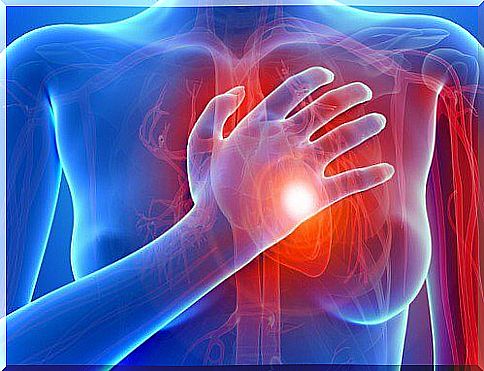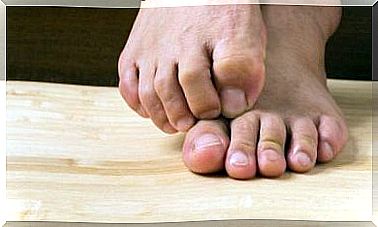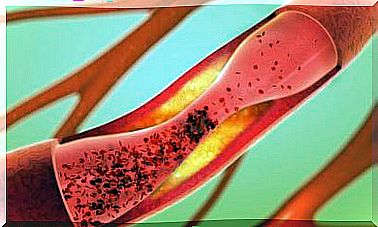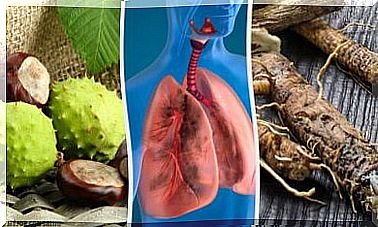6 Things Women Should Know About Heart Disease
Given the complexity of women’s anatomy, it is more difficult to get an early diagnosis and therefore it is fundamental to be attentive and do regular check-ups.

The number of patients suffering from heart disease is increasing, and there are more and more cases that specifically affect women.
The main problem is that most people don’t pay attention to their heart health until they develop a condition that prompts them to seek medical attention.
In some countries like the United States, cardiovascular pathologies are the ones that most affect the female population, even exceeding cancer.
Since women have different symptoms than men, major health groups have launched a public appeal to all educate themselves about the risks.
In this article, we are going to share with you 6 things that women should all know about this type of disease.
1. Women develop heart disease up to 10 years later than men
When women have relatively healthy lifestyles, exercise regularly, and do not smoke, they are protected against heart disease until around 50 years of age.
However, today, many young women are at high risk of suffering from heart disease, due to unhealthy diet, obesity and other conditions that compromise the health of the heart.
2. Arteriosclerosis is not the same in men and women
In the female population, it is more difficult to detect arteriosclerosis because of the way it develops.
Women tend to have a more diffuse type of plaque, while men have local lesions that affect the hands and feet.
In women, a diagnosis with stress tests and coronary angiography can therefore be more complicated.
3. Symptoms may differ depending on ethnicity
A US program, which gathered data on the incidence of coronary heart disease in women, found that symptoms can vary depending on ethnicity.
African-American women tend to suffer more from stomach discomfort compared to white women, who experience more pain in the chest area.
On the other hand, it was determined that the levels of arterial obstruction do not differ depending on the origins, but the mortality rates are almost twice as high in people with darker skin.
4. We do not know some symptoms, which can be treacherous
Women take longer to see a doctor for their heart health compared to men.
This is due to the common symptoms they present, which make it seem like a minor health disorder.
In addition, few women have a family history and do the necessary tests to make sure everything is working well.
Yet they should all be careful. The main reason why heart conditions are detected late in women is that the symptoms are less obvious and tend to be similar to other health problems.
In addition to the classic pain in the chest, some may experience:
- Nausea
- Sweating
- Eyelid tremors
- To be pale
- Suffer from anxiety
- Feel tired
- Stomach pain
- Have breathing problems
All of these signals should be considered as possible symptoms of heart disease.
If you are suffering from two or more of these symptoms, you should see a doctor as soon as possible.
5. Angina pectoris is severe in diabetic women
Research on women who suffered from heart disease for 13 years found that women with diabetes and angina are much more likely to die compared to those who only suffer from diabetes.
Any chest pain should be analyzed with care, especially if one suffers from diabetes at the same time.
6. All women can reduce the risks
Disorders that affect the cardiovascular system can be prevented by adopting a healthy lifestyle.
Although genetic factors are difficult to avoid, good habits can have a positive impact.
We therefore recommend:
- To increase the consumption of foods of plant origin.
- To do exercises.
- Control your stress.
- No smoking.
- Drink a glass of wine a day.
It is estimated that this type of habit can help reduce the risk of heart attack by up to 90% and by up to 60% that of cerebral hemorrhage, stroke or stroke.









